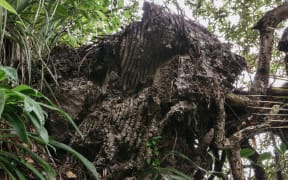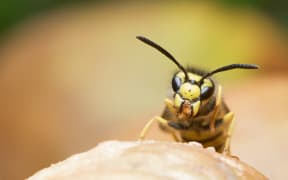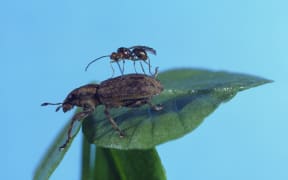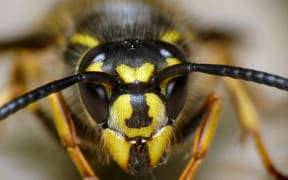The war on wasps in the top of the South Island is being ramped up.
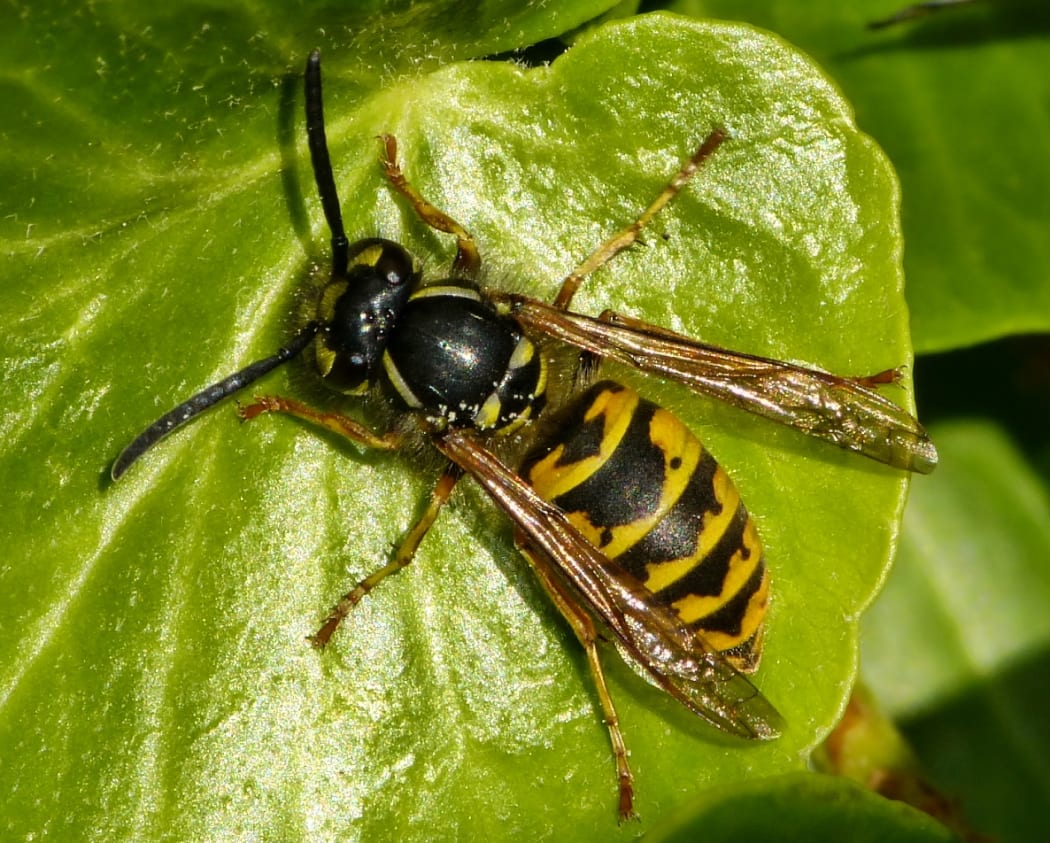
Introduced European wasps are a significant problem in New Zealand beech forests - could a gene drive be a way of getting rid of them? Photo: CC BY 2.0 Sid Mosdell / Flickr
The Tasman District Council wants to release two new organisms to New Zealand, as another step in the biological war against the stinging insects that cost New Zealand up to $130 million each year in damages, and in managing their populations.
The council, on behalf of the Vespula Biocontrol Action Group, has applied to the Environmental Protection Authority to release the wasp-nest beetle, Metoecus paradoxus, and a hoverfly, Volucella inanis.
The action group was made up of members from the forestry, conservation, bee-keeping, recreation and council sectors which received sustainable farming fund money from the Ministry of Primary Industries to continue to explore wasp control options.
Tasman's biodiversity monitoring team head Rob Smith said it recognised the extent of the problem in the top of the South Island, even though wasp control was a nationwide challenge.
"From a biodiversity point of view, or an economic point of view or just enjoying-your-jam-sandwich-at-the-lake point of view, it would be enormous if we could make a even a small dent in the wasp population."
Manaaki Whenua - Landcare Research said beech forests at the top of the South Island had the highest densities of wasps in the world.
The council said the wasp population posed a significant threat to primary industries and conservation, by impacting biodiversity and the food supply for native insects, birds and lizards.
Wasps attacked honeybees, butterflies, flies and spiders and could be harmful to people - sometimes seriously.
Smith said there was a period in a wasp's life cycle where they ate protein which was then they "nailed" vulnerable and iconic invertebrate species such as butterflies.
The wasps also robbed other species, such as nectar-eating birds of important honey dew from the beech trees.
"It's a huge problem and the council acts as a host for this group (biocontrol action group), which led to this application to the EPA."
Smith said biocontrol of wasps was not a new concept in New Zealand. It involved use of a "parasitoid" - an organism that had young that could develop on or within another organism (the host), eventually killing it.
Parasitoids had characteristics of both predators and parasites.
In 2016 a parasitic wasp was considered the latest weapon in the war against the common invader wasp.
"For the vespula (common) wasps there was an agent brought in a while ago but in order to be really accurate, or targeted, the parasite and the predator have to be from the same location.
"Even though these are European wasps, the fact that the host and the predator came from slightly different geographic locations, meant they weren't exactly well matched."
Smith said the earlier parasitic wasp was still around, but in low numbers. He said the predator species they hoped to be able to introduce came from the same geographic location as the host wasps.
"That way they're practically invisible to the wasps."
He said the predators operated in the shadows, and were not detected by the wasps, which could be a significant breakthrough in their control.
"Fingers crossed, the application lodged has this in mind and hopefully a game-changer for us."
The council says biological control agents were a sustainable option to reach out-of-range wasp populations
It said pesticides used now were expensive, labour-intensive, potentially hazardous and limited in their effectiveness when infestations are hard to find.
The Tasman District Council was among regional councils that were part of the National Biocontrol Collective, and supported the development of biological control agents for widespread pests.
Some examples of biocontrol used in the Tasman region for plants were: broom (Broom Leaf Beetle & Broom Seed Beetle), Ragwort (Cinnabar Moth and Ragwort Flea Beetle), Nodding Thistle (Receptacle Weevil & Gallfly).
Public feedback on the council's application to the EPA is open until late on Tuesday.

